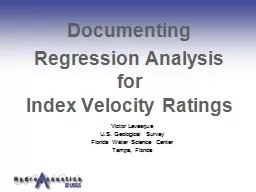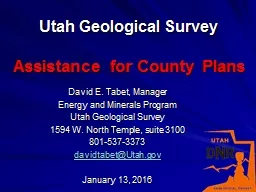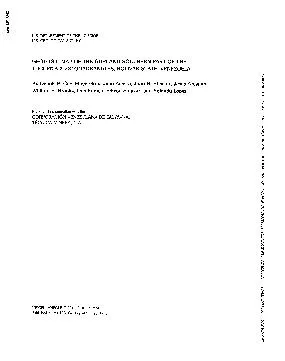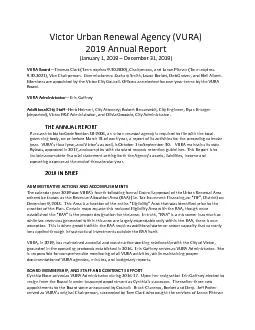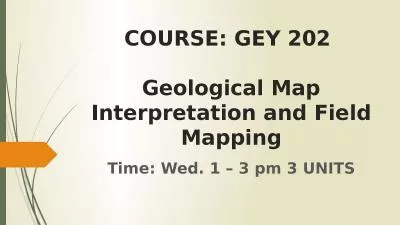PPT-Victor Levesque U.S. Geological Survey
Author : pasty-toler | Published Date : 2018-11-15
Florida Water Science Center Tampa Florida Documenting Regression Analysis for Index Velocity Ratings Overview Data required for the rating Stagearea and Index velocity
Presentation Embed Code
Download Presentation
Download Presentation The PPT/PDF document "Victor Levesque U.S. Geological Survey" is the property of its rightful owner. Permission is granted to download and print the materials on this website for personal, non-commercial use only, and to display it on your personal computer provided you do not modify the materials and that you retain all copyright notices contained in the materials. By downloading content from our website, you accept the terms of this agreement.
Victor Levesque U.S. Geological Survey: Transcript
Download Rules Of Document
"Victor Levesque U.S. Geological Survey"The content belongs to its owner. You may download and print it for personal use, without modification, and keep all copyright notices. By downloading, you agree to these terms.
Related Documents

